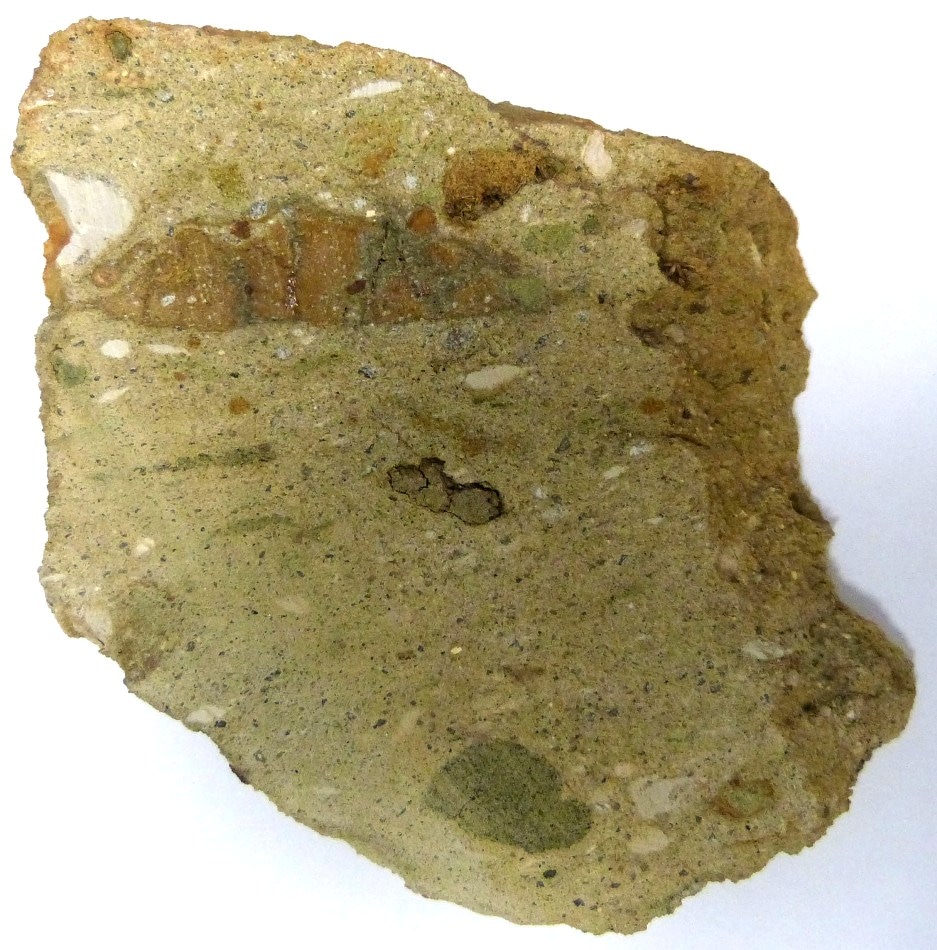Mar 5 2019
Curtin University planetary scientists have announced the discovery of two new large cosmic ‘hole-in-one’ meteorite impact structures, located in Western Australia and Central America.

The research was published in two separate papers in leading journal Meteoritics and Planetary Science.
Lead author Honours student Morgan Cox, from Curtin’s School of Earth and Planetary Sciences, said the first crater was found just north of Gingin in WA at a site called Yallalie, where the research team investigated surface rocks called breccia.
“Breccia formed by impact is a funny-looking rock, kind of like Christmas fruit cake and that’s exactly what the rocks at this site look like,” Ms Cox said.
“As soon as we identified the tell-tale microscopic evidence of impact in quartz from the breccia, we had evidence of ‘shocked minerals’ and knew this was the real deal.”
Co-author Dr Ludovic Ferrière, from the Natural History Museum in Vienna, Austria, confirmed their findings, and co-author Dr Katarina Miljković, from Curtin’s School of Earth and Planetary Sciences, ascertained that the buried crater, originally thought to be 12 km in diameter, could be up to 16 km.
The researchers believe the impact that created the crater happened in the Cretaceous era, about 85 million years ago.
At the second location, collaborator and lead author Dr Pierre Rochette, from Aix-Marseille University in France, had found a 14 km-diameter circular feature called Pantasma in a jungle in Nicaragua, but was not able to locate any shocked minerals.
Dr Aaron Cavosie, from Curtin’s School of Earth and Planetary Sciences, said Dr Rochette sent a sample from the site in order for him to help determine the crater’s origin.
“I received a sample of black impact glass, about the size of a marble and I had my doubts,” Dr Cavosie said.
“However, when I examined the glass, it contained shocked zircon, with features only in structures formed by impact. It was amazing to find solid evidence of a meteorite impact in such a tiny sample.”
Curtin research team member Professor Fred Jourdan used Argon dating to determine that the impact occurred about 800,000 years ago.
The research team also included Professor Phil Bland, Associate Professor Nick Timms and Dr Timmons Erickson from Curtin’s Space Science and Technology Centre.